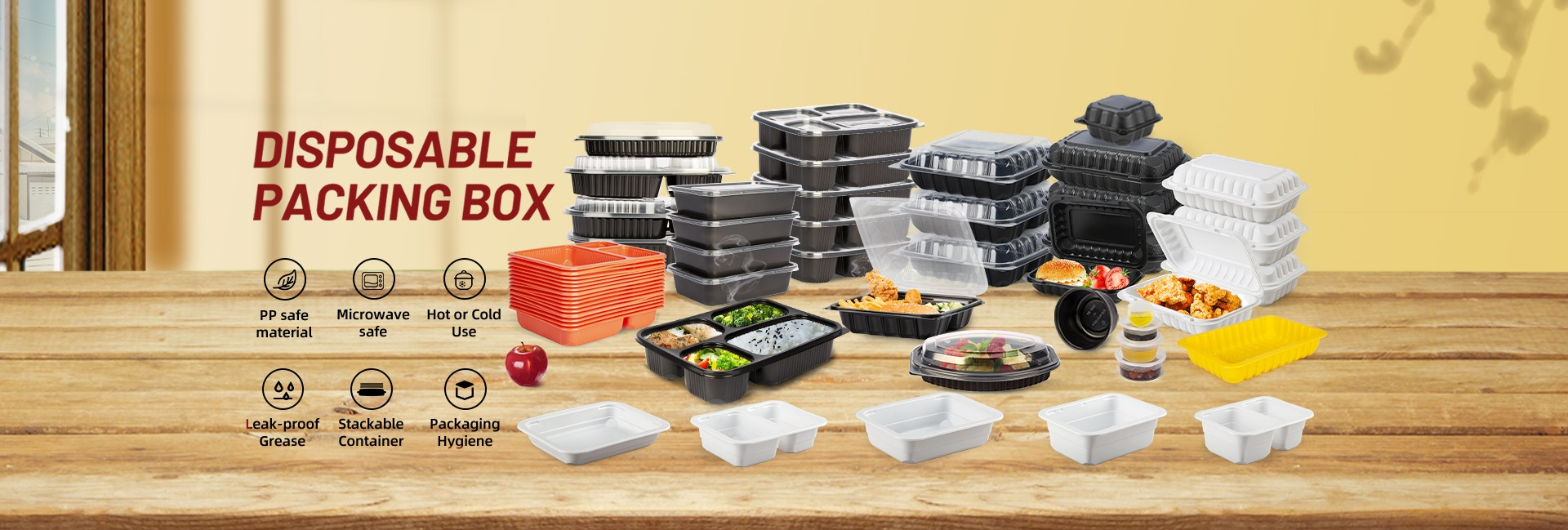Choosing the right food packaging is a crucial decision for both consumers and businesses in the modern world. With an array of options available, from Disposable Transparent Plastic Food Containers to Vacuum-Formed Food Containers, understanding how to make the best choice can enhance convenience, safety, and sustainability in food storage and transportation.
1. Consider the Purpose:
Storage vs. Takeaway: Determine whether the packaging is primarily for storing food or for transporting it. For storage, airtight options like Rectangle Food Containers are ideal, while Takeaway Food Containers need to be spill-proof and convenient.
2. Material Matters:
Plastic, Paper, or Biodegradable: Choose packaging materials that align with your sustainability goals. Options like China Pp Microwave Food Containers offer microwave-safe and reusable solutions, while biodegradable materials support eco-friendly practices.
3. Size and Shape:
Portion Control: Select packaging that suits your portion sizes. Disposable Plastic Meal Box Factory offerings come in various sizes, making it easy to match containers to your meal offerings.
Stackability: Consider whether the containers are stackable to save space in storage and transportation.
4. Airtight and Secure:
Vacuum-Formed Food Container Manufacturers specialize in producing airtight containers that maintain food freshness. This feature is crucial for storing perishables.
Plastic Clasp Containers offer a secure closure, preventing accidental spills and maintaining food quality during transportation.
5. Microwave and Freezer Compatibility:
Microwave-Safe: If you plan to reheat food in the container, ensure it is microwave-safe. Many Wholesale Plastic Clasp Containers and China Pp Microwave Food Containers are designed for this purpose.
Freezer-Safe: For freezing leftovers or prepared meals, choose containers that can withstand low temperatures without cracking.
6. Environmental Impact:
Biodegradable Options: Sustainable choices like biodegradable packaging can help reduce your carbon footprint. Look for options that are certified as environmentally friendly.
7. Branding and Customization:
Custom Printing: If you’re a business, consider whether the packaging allows for custom branding and labeling to promote your products.
8. Quantity and Cost:
Bulk Purchasing: Evaluate whether you need to purchase packaging in bulk. Many suppliers offer discounts for larger quantities.
Long-Term Cost: While cheaper options may seem attractive, consider the long-term cost-effectiveness and durability of the packaging.
9. Supplier Reputation:
Choose reliable suppliers like Disposable Transparent Plastic Food Containers Manufacturers or Disposable Plastic Lunch Box Factories with a proven track record of quality and safety.
10. Regulatory Compliance:
Ensure that the chosen packaging complies with food safety and packaging regulations in your region.
11. Sustainability Goals:
Align your packaging choices with your sustainability goals and communicate these choices to your customers if you’re a business.
12. Customer Feedback:
If you’re a business, consider gathering customer feedback on packaging preferences to better tailor your offerings.
In conclusion, choosing food packaging requires thoughtful consideration of various factors. Whether you’re a consumer or a business, understanding your specific needs and values is essential in making the right choice. From materials and sizes to environmental impact and cost, these considerations can guide you toward packaging solutions that enhance the overall food experience while minimizing waste and environmental impact.
Post time: Oct-09-2023

